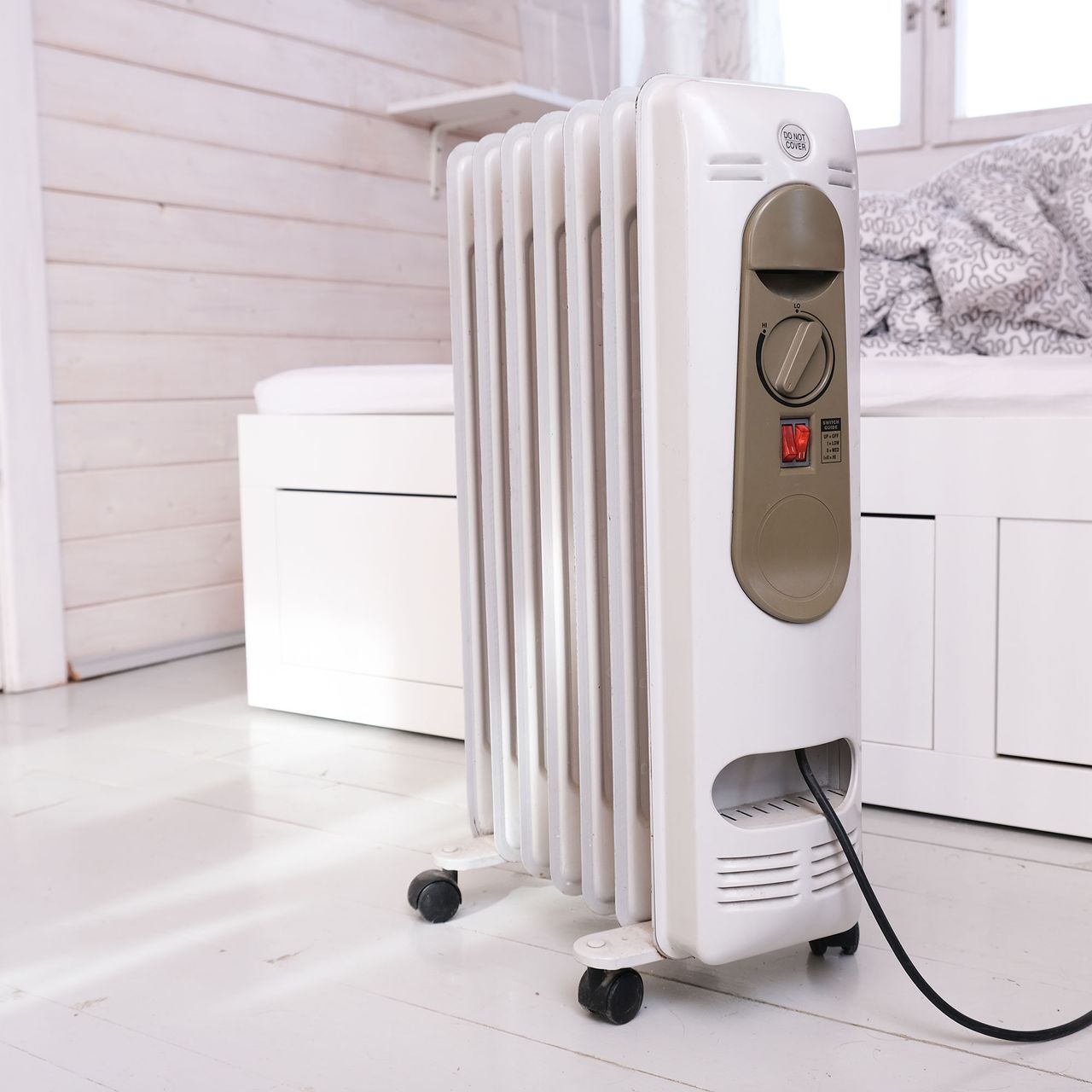
Oil-filled radiators are still as popular as ever, especially at a time when temperatures are dropping but energy bills are increasing. And while these heaters can help you efficiently heat your home, it’s still important to understand how much it costs to run an oil-filled radiator.
Yes, if you’re one of the many homeowners or renters in the UK trying to keep their boiler working to a minimum, the best oil-filled radiators can be a welcome addition to the home. They offer impressive heat output, are portable enough to be moved from room to room, and are generally cheaper to run than the best electric heaters.
But using any heater is going to rack up your energy bills. So, in order for you to work out the costs associated with them, I’ve worked out how much you can expect to spend per hour to run an oil-filled radiator – as well as ways you can reduce your energy bills when using this appliance.
How much does it cost to run an oil-filled radiator?
If you’re looking to find the cheapest electric heater to run, you should definitely consider an oil-filled radiator. But if you want to know exactly how much it costs to run an oil-filled radiator, you need to do some sums.
To work out how much an appliance costs to run, you first need to work out how much electricity it uses. To do this, you should inspect the specifications of the oil-filled radiator you’re looking to buy and find the wattage. You can then divide the wattage by 1,000 to calculate the amount of energy it uses in kilowatts (kW).
You also need to know how much you pay for 1kWh of energy, which should be outlined on your energy bill. At the time of writing, however, the maximum price you can currently pay for electricity, set by the October 2025 energy price cap (and accurate until 31st December 2025), stands at 26.35 pence per kWh.
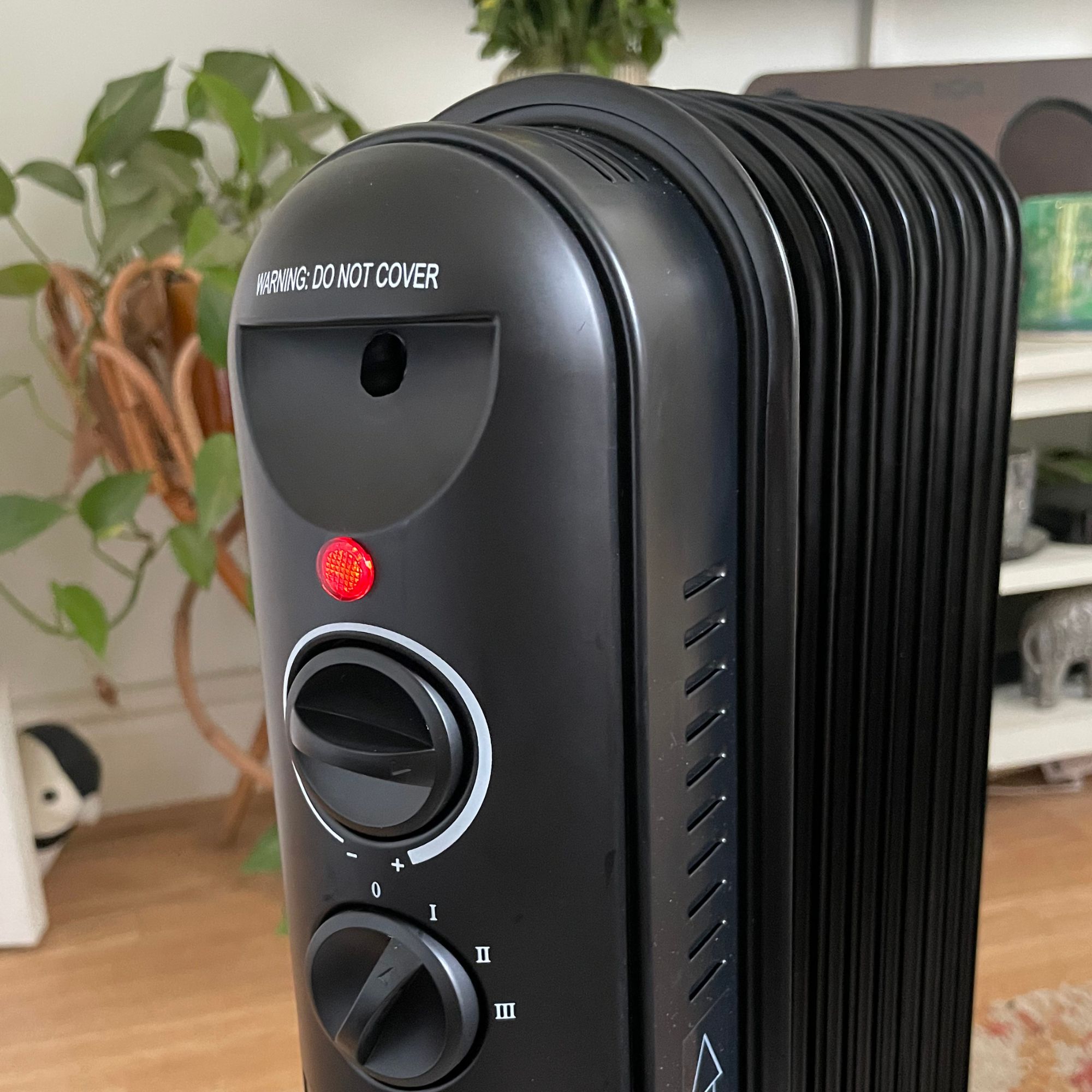
To help you understand the absolute maximum it’ll cost to run an oil-filled radiator, I’ll round that up to 27p. This way, you know it shouldn’t ever cost you more than that.
But as Nicholas Auckland, heating expert at Trade Radiators, explains, ‘The units of oil-filled radiators can vary in size from 500 - 2500W.’ So, using the current maximum cost of electricity, 27p per kWh, will result in different costs to run. For example:
- A 500kW (0.5kW) model would cost you 14p an hour to run.
- A 2500W model would cost 67p an hour to run.
Of course, there are other factors to consider when working out how much it costs to run an oil-filled radiator. If you have poor insulation or want to heat a large room with this one appliance, it’s likely that you’ll have to keep the heater on for much longer, which will obviously increase the price. Just be wary if you plan to keep an oil-filled radiator on overnight.
However, one major benefit of an oil-based radiator is the oil inside. Jess Steele, heating and technology expert at BestHeating, says, ‘The oil inside retains heat very well, allowing the radiator to continue emitting warmth even after it’s turned off, which means it can effectively maintain a comfortable temperature without consuming excessive energy.’
This means that you’ll always get a little bit of extra warmth for free, allowing you to keep heating your home without actually turning the heating (or your oil-filled radiator) on.
How can I cut the cost of an oil-filled radiator?
While it’s fairly cheap to run an oil-filled radiator, I understand that many people still worry about rising energy bills. So, it’s worth looking at ways to cut the costs of running this appliance.
1. Choose the right size
One of the things everyone should know before buying an oil-filled radiator is that size really does matter. And while it’s important to choose one with the right dimensions, you also need to consider size in terms of the power output.
If you want to heat a larger room, you need to choose an oil-filled radiator that has a higher wattage. It’s generally considered that a 600W radiator will successfully heat a small 6m2 room, a 1000W will heat a 10m2 room, and a 2500W will heat a 25m2 room. If you don’t choose the right size, you’ll have to keep your oil-filled radiator on for longer to feel the benefits - and this will ultimately cost you more in the long run.
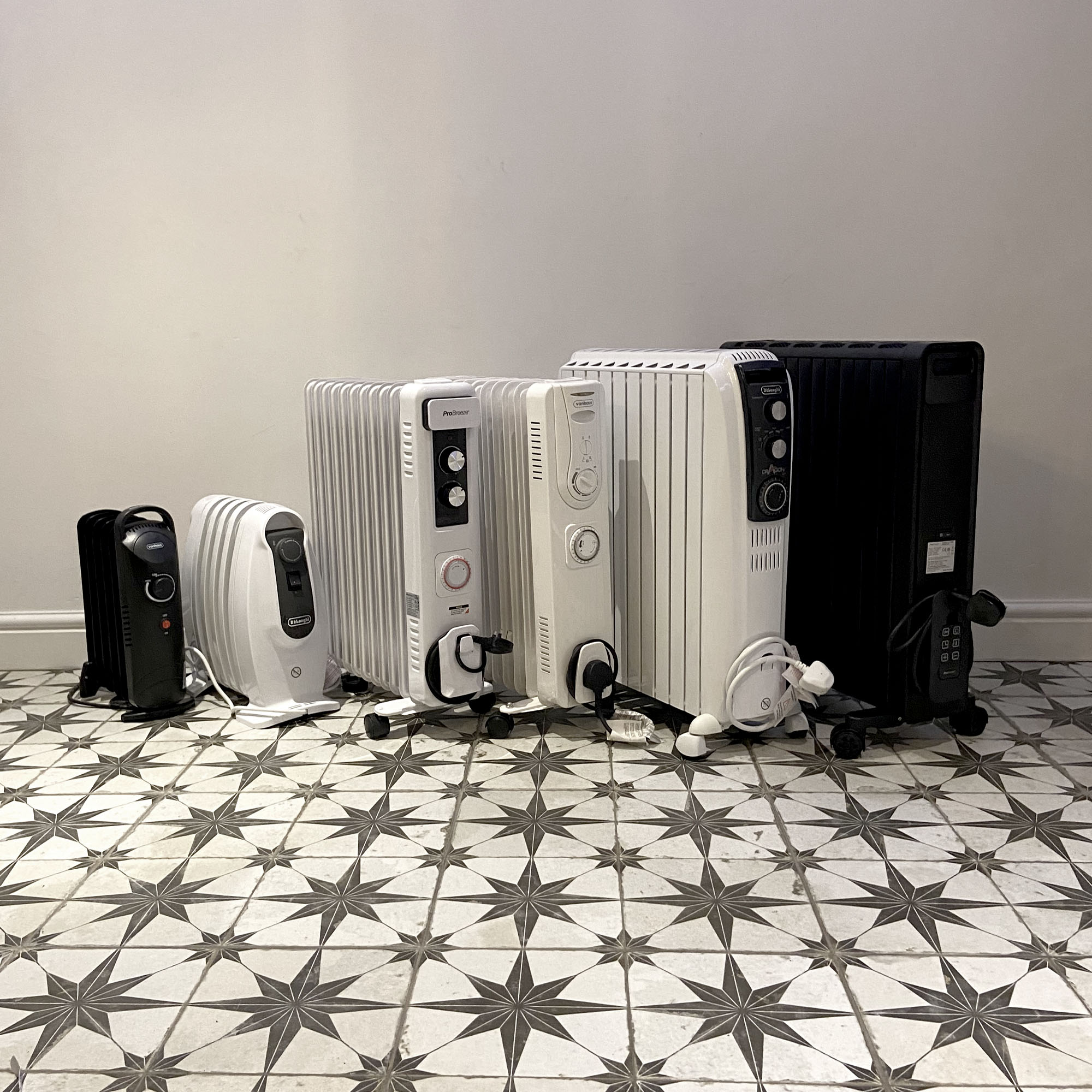
2. Make the most of built-in controls
There are many different oil-filled radiators out there, all with different controls. At the cheaper end of the spectrum, you have radiators that come with a simple on/off switch. However, there are others that offer a range of buttons and programs, including timers and temperature gauges.
Nicholas says, ‘Electric oil-filled radiators may also offer programmable heating controls that give you the flexibility to create a heating routine tailored to your needs. This ensures you are achieving an optimal temperature when it is needed and preventing heat from being wasted in unused space, which can happen when turning on the central heating for the entire home.’
3. Keep things stable
Of course, I understand that this isn’t always possible, but one of the best ways to cut the costs of an oil-filled radiator is to keep the temperature as stable as possible in your house. If the temperature drops too low, your appliance will have to work extra hard to warm up the room again - which will cost you more money in the long run.
Katie Lilywhite, heating expert at AO.com, suggests, ‘To keep costs down, pre-heat your room by turning the radiator on for a quarter of an hour before you need the space warm. Close all doors and avoid blocking the radiator – good airflow will ensure it heats your room efficiently.’
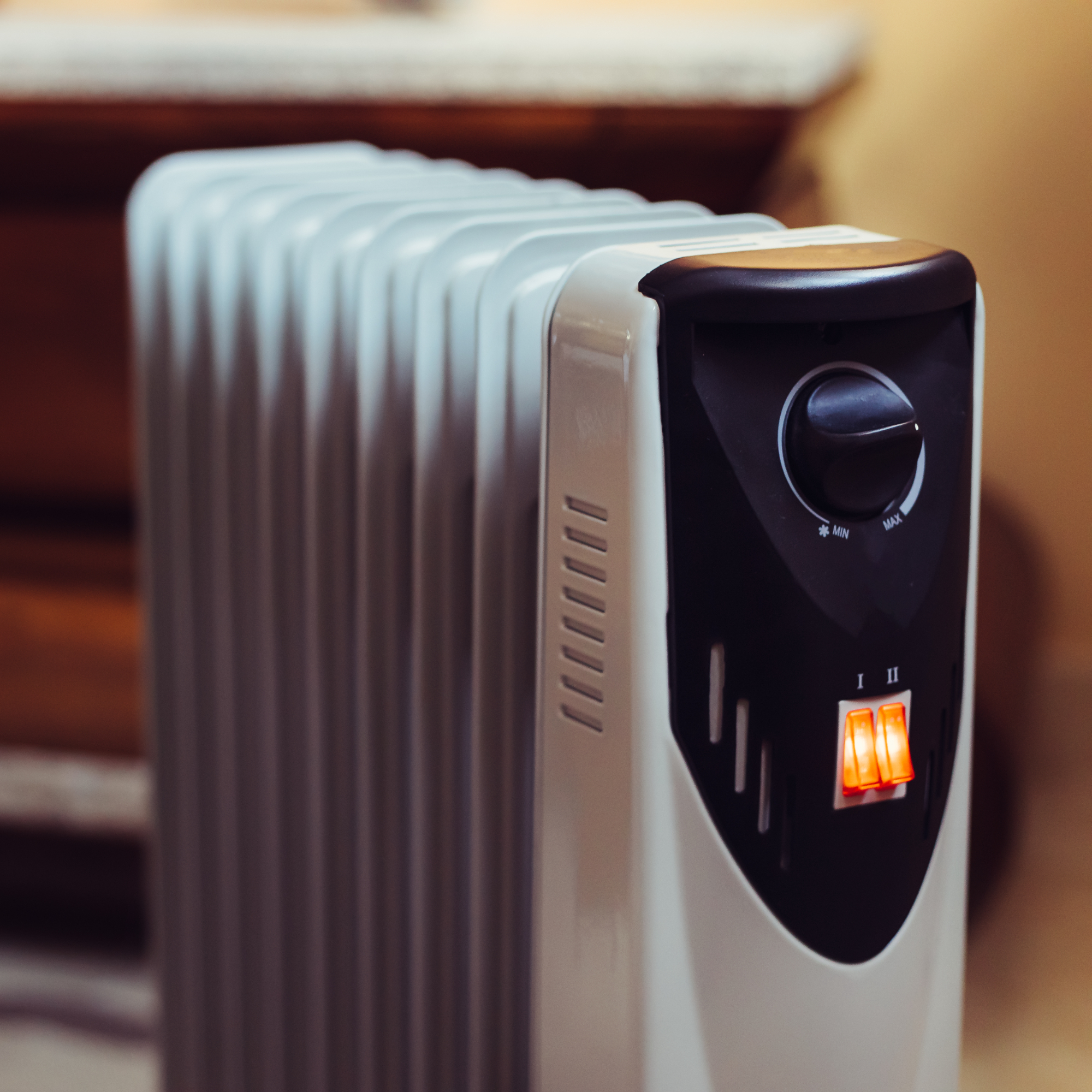
4. Clean it regularly
Everyone probably knows how important it is to clean your radiators, but fewer people realise that cleaning an oil-filled radiator can also reduce the running costs. That’s because a build-up of dust can create a protective ‘layer’ around the fins, which means it’ll take longer to heat up a room. This means you’ll have to keep it on for longer.
Dusting your oil-filled radiator is good practice, anyway. And while oil-filled radiators are generally one of the safest electric heaters out there, it’s still worth keeping any electric items free from dust and debris that could pose a safety risk.
5. Take extra measures
Ultimately, there’s no use in using an oil-filled radiator if you have a poorly insulated, leaky house. As soon as you turn the oil-filled radiator on, the heat will be lost through draughty doors and windows, cracks in walls, and even a poorly insulated roof.
So, to cut the running costs of an oil-filled radiator, it’s also a good idea to put in place some DIY draught-proofing measures to prevent any heat loss. Using something as simple as this Weather Stripping Tape, £9.99 at Amazon, can work wonders. Then, you won’t have to keep your oil-filled radiator on as long.
Our top-rated oil-filled radiators

If you're looking for a budget-friendly oil-filled radiator that will also cost pennies to run, this is my number one option. Its 800W power means that it'll cost around 22p an hour to run, and it comes in either a black or white finish. However, it doesn't have any fancy thermostatic controls.
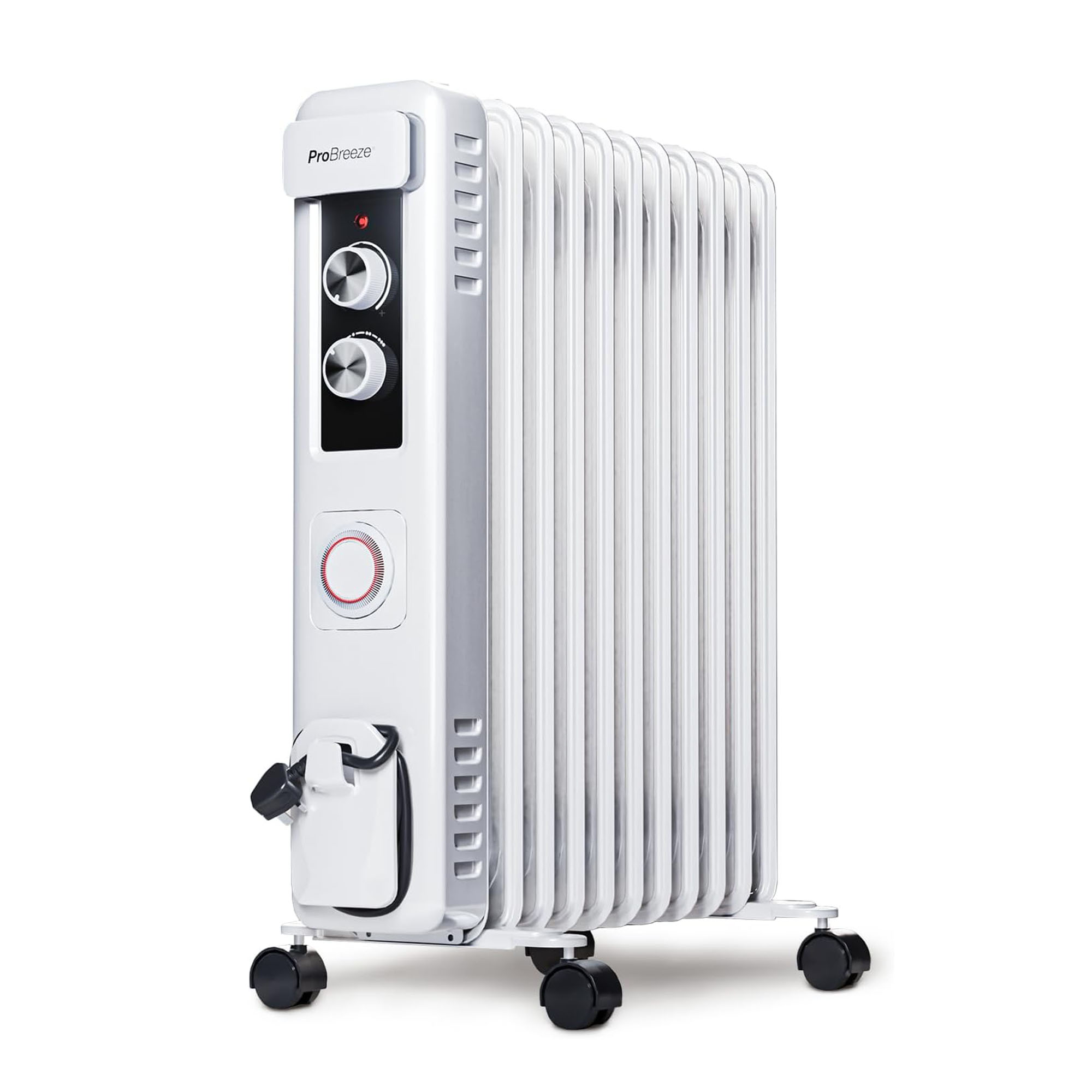
Crowned the 'best overall' oil-filled radiator in our guide, this one costs a bit more to run - but it is decked out with some impressive features. It comes with three temperature settings (the lowest being 1000W) and comes with a 24-hour digital timer to help you control your usage.
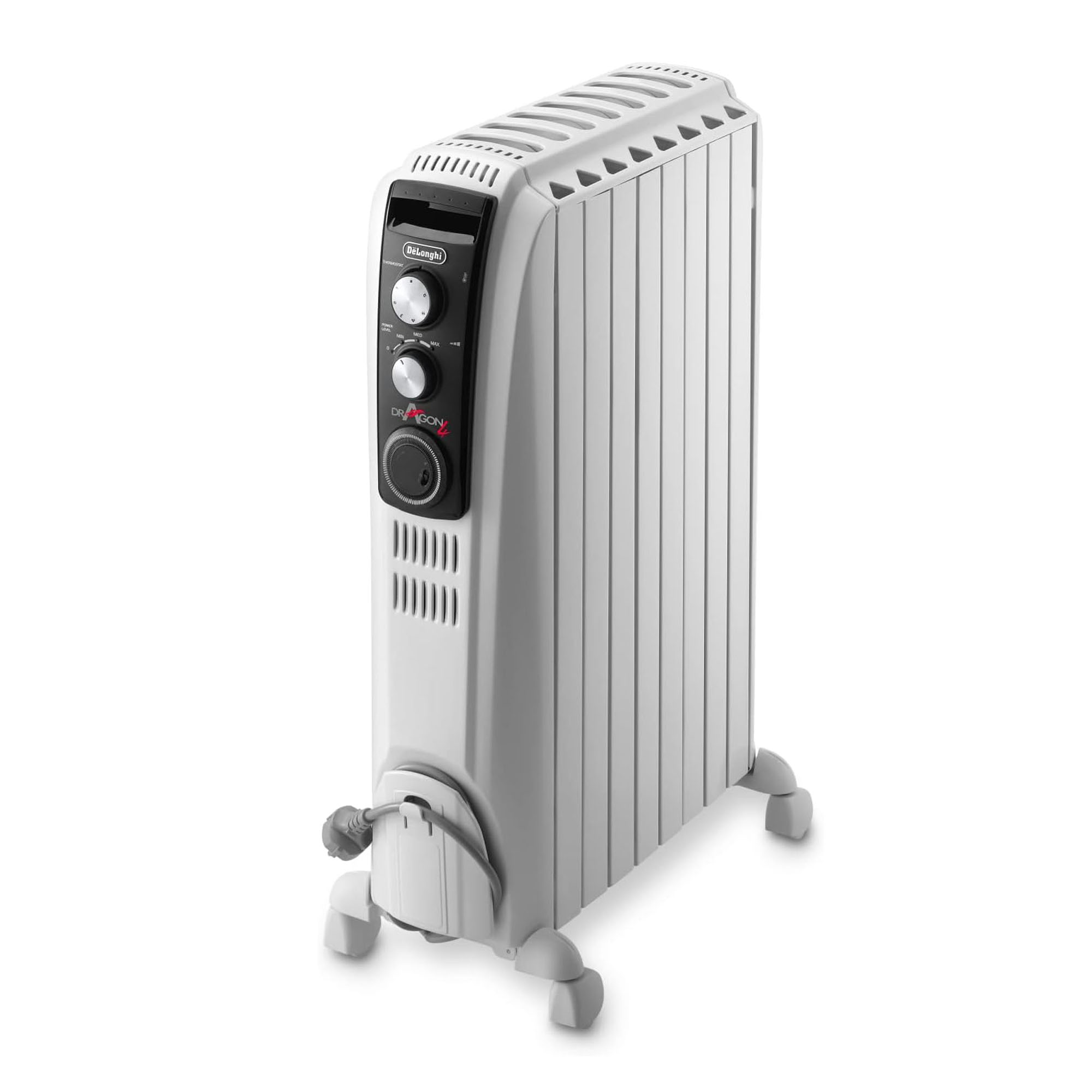
This powerful oil-filled radiator is both sleek and stylish, and also comes with three power settings to vary the running costs. It's fairly quick to heat up and retains heat extremely well, so you'll be able to make the most of free heat when it's turned off, too.
FAQs
Is it cheaper to use an oil-filled radiator or gas central heating?
Generally, it’s cheaper to use gas central heating than to use an oil-filled radiator, as gas is cheaper than electricity. But it’s worth noting that this is only the case if you want to heat a whole home.
If you’d prefer to heat individual rooms instead of your whole house, using an oil-filled radiator can be significantly cheaper as you’re only heating what you need. This way, you’re not wasting any energy.
What are the disadvantages of oil-filled radiators?
While oil-filled radiators have many positives, there are a few disadvantages to consider. These include:
- A long heat-up time compared to other electric heaters, like fan heaters.
- They can be quite big and bulky.
- They get very hot during operation, so you need to be mindful of kids and pets.
- The initial cost to buy is often higher than other electric heaters.
Now you know how much it costs to run an oil-filled radiator, will you be using one to heat your home this winter?







